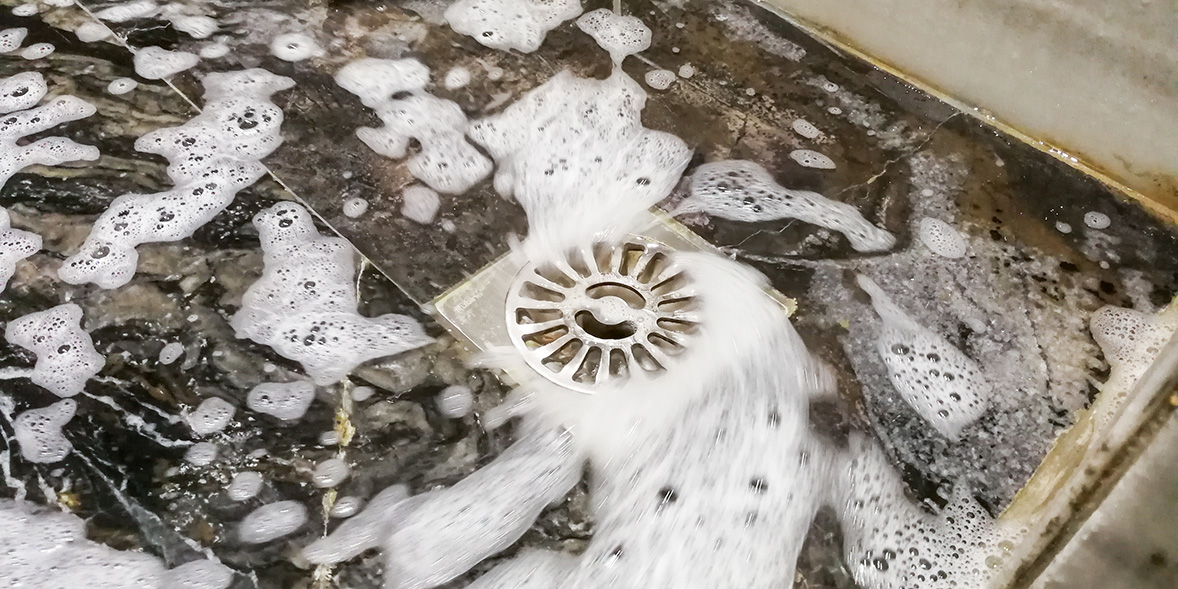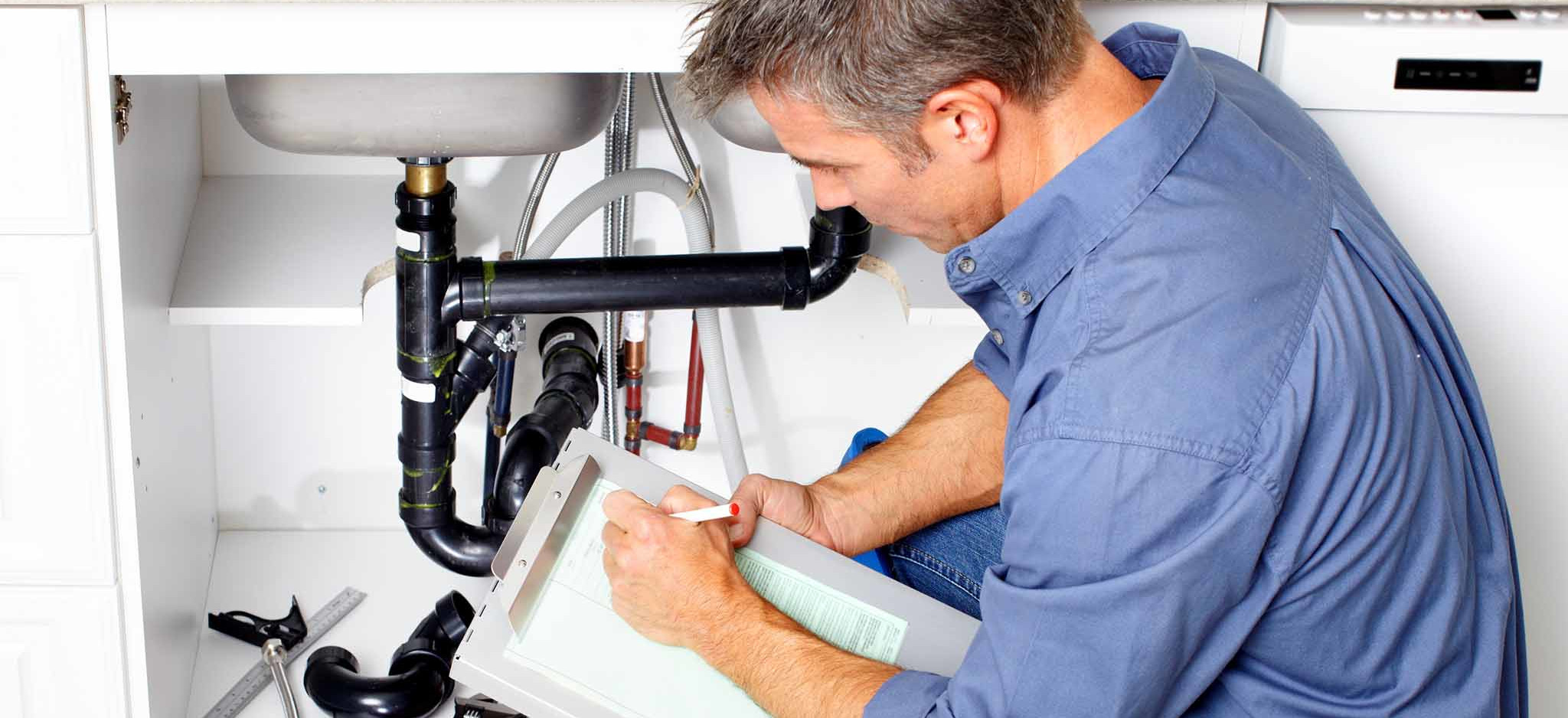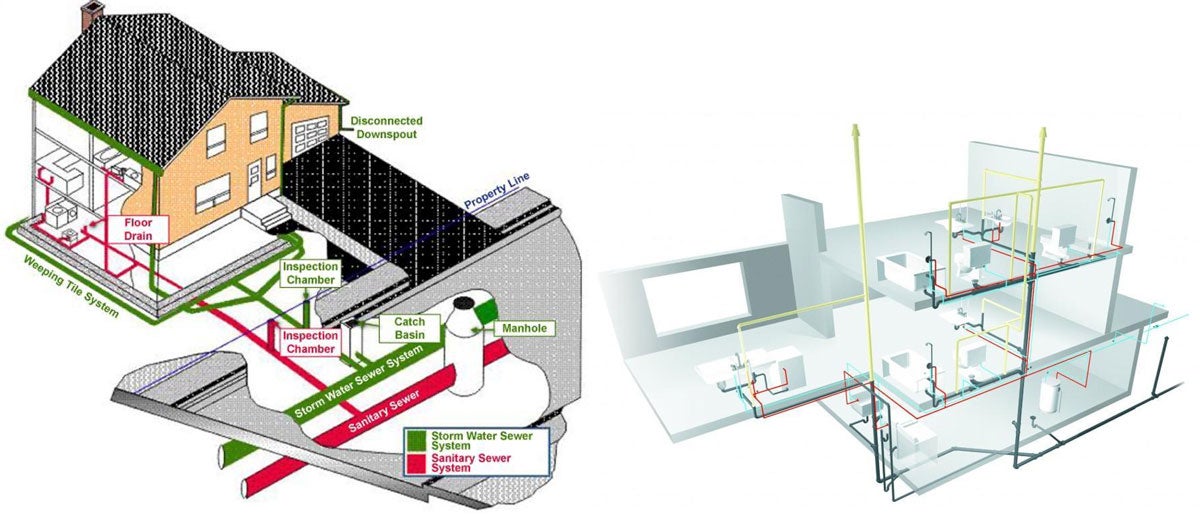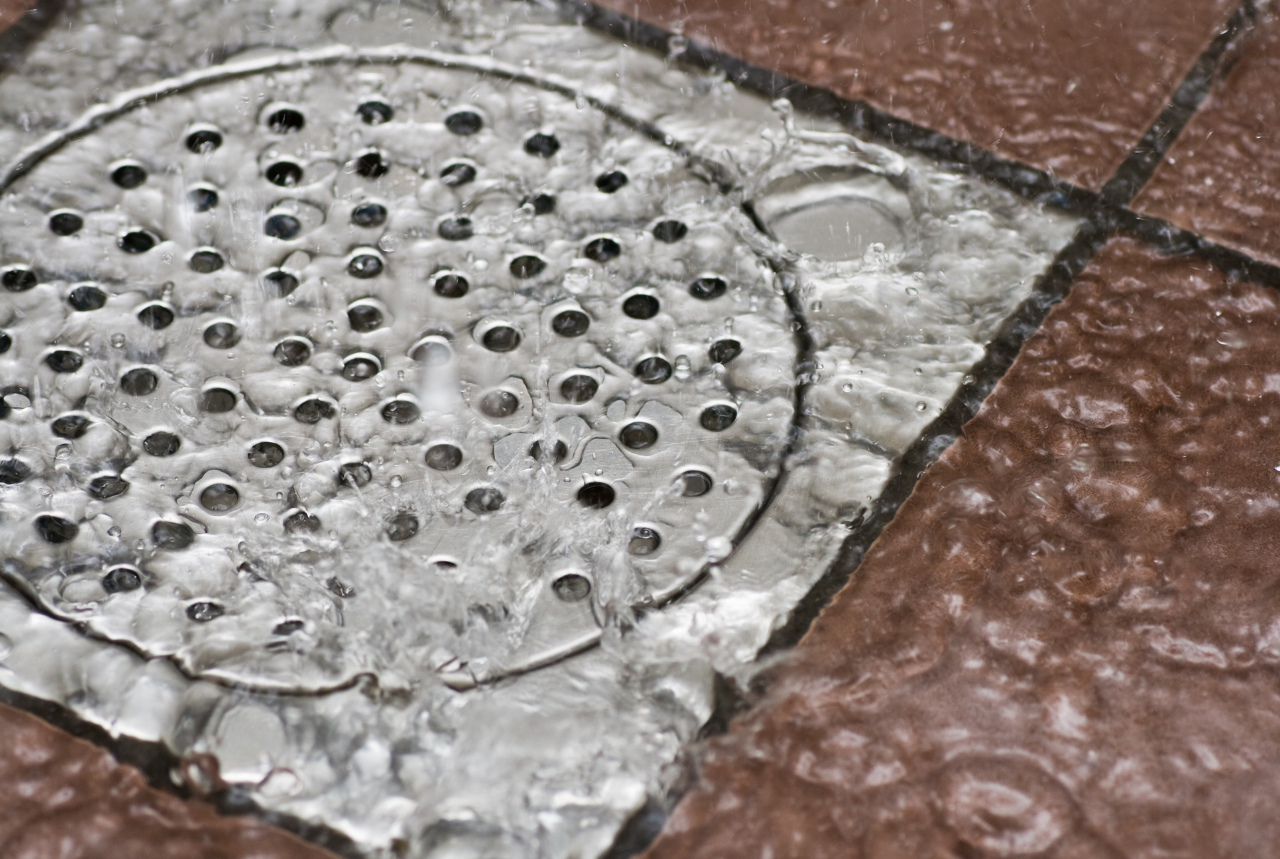How Can I Unclog My Shower Drain?
You can utilize common household items to clear blockages in your shower, bathtub, and kitchen drains.
Clogged drains are a frequent issue in households, with kitchen blockages often caused by food remnants. Fortunately, activating the garbage disposal usually takes care of this problem swiftly. However, when it comes to the shower, the primary culprit is usually hair that gets shed during bathing. Since shower drains lack a garbage disposal, you may need to employ a bit of ingenuity to tackle this issue.
Did you know? A clogged shower drain can lead to standing water, which creates an environment for bacteria and mold growth. Regular maintenance can prevent these health hazards and extend the life of your plumbing system.
No need to rush to the store to purchase specialized drain-cleaning products. Instead, you can find all the necessary materials right in your home to effectively unclog most shower drains. Here are several methods you can use:
Using Boiling Water
One of the easiest methods for unclogging a bathtub or shower drain involves boiling water. Just boil some water and pour it gradually down the drain. With a little luck, you might not require any extra tools or actions, and your drain will be clear again.
Pro Tip: For best results, pour the boiling water in 2-3 stages, allowing each pour to work for a few minutes before adding more. This gives the hot water time to break down soap scum and other buildup.
Coat Hanger Method
Retrieve a coat hanger from your closet. Shape one end into a small hook, either using your hands or pliers if required. Insert it into the shower drain to retrieve the accumulated hair and pull it out. Depending on the time since your last attempt, you might consider removing the drain cover itself by unscrewing it for better access with your coat hanger hook to completely clear the clog.
Steps for the Coat Hanger Method
- Straighten a wire coat hanger, leaving a small hook at one end.
- Remove the drain cover if possible (some may require a screwdriver).
- Insert the hook end into the drain and fish around gently.
- Pull out hair and debris that you catch with the hook.
- Repeat as necessary until water flows freely.
- Flush with hot water to clear any remaining residue.
Baking Soda and Vinegar (or Salt) Blend
You have two options for this approach, both involving an equal mixture of baking soda and vinegar or salt (1/2 cup of each). The first method entails pre-mixing the baking soda and vinegar before pouring the mixture down the drain. As these two substances combine, you'll observe a chemical reaction characterized by bubbling or fizzing.
Alternatively, you can opt to pour the baking soda down the drain first, followed by the vinegar (or salt followed by boiling water). This combination is an effective way to eliminate stubborn grime, grease, and hair accumulations. Remember to flush the shower drain with hot water before resuming your shower, especially if you've used vinegar.
Baking Soda + Vinegar Method
- Pour 1/2 cup of baking soda down the drain
- Follow with 1/2 cup of white vinegar
- Cover the drain for 5-10 minutes
- Flush with hot water
- Repeat if necessary
Baking Soda + Salt Method
- Mix 1/2 cup of baking soda with 1/2 cup of salt
- Pour mixture down the drain
- Follow with boiling water
- Let sit for several hours (overnight is best)
- Flush with hot water
Dish Detergent Method
If your drain remains clogged, consider employing a denser lubricant to dislodge the accumulated hair causing the blockage. Begin by pouring 1/4 cup of dish detergent down the drain, followed by boiling water. The viscosity of the dish detergent is effective in detaching hair that has adhered to the drain's interior, while the hot water will flush away the remaining debris, ultimately unclogging your shower drain.
Important: Always use caution when working with boiling water to avoid burns. Additionally, these methods are suitable for metal pipes but may damage PVC pipes if the water is too hot. If you have PVC pipes, use very hot (but not boiling) water instead.
When to Call a Professional
While these DIY methods are effective for most common clogs, some situations require professional assistance. Consider contacting Plumb-All if:
- Your DIY attempts don't resolve the clog
- You notice slow drainage in multiple fixtures
- There are foul odors coming from the drain
- You suspect a deeper plumbing issue
- The clog keeps returning despite your efforts
Unclogging your shower drain is typically a simple DIY task that can save you from calling a plumber. By using these common household items and methods, you can keep your drains flowing freely and avoid the inconvenience of standing water during showers. Regular maintenance, such as using a drain cover to catch hair and flushing drains with hot water weekly, can prevent future clogs and keep your plumbing system in optimal condition.
Decided that we're the right fit for you?
Call us at 844 PLUMB-ALL


